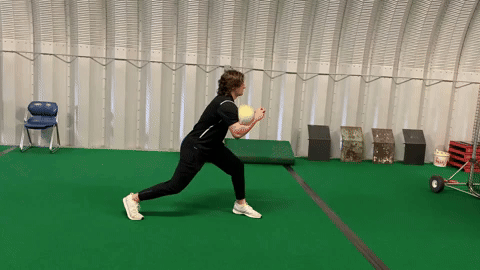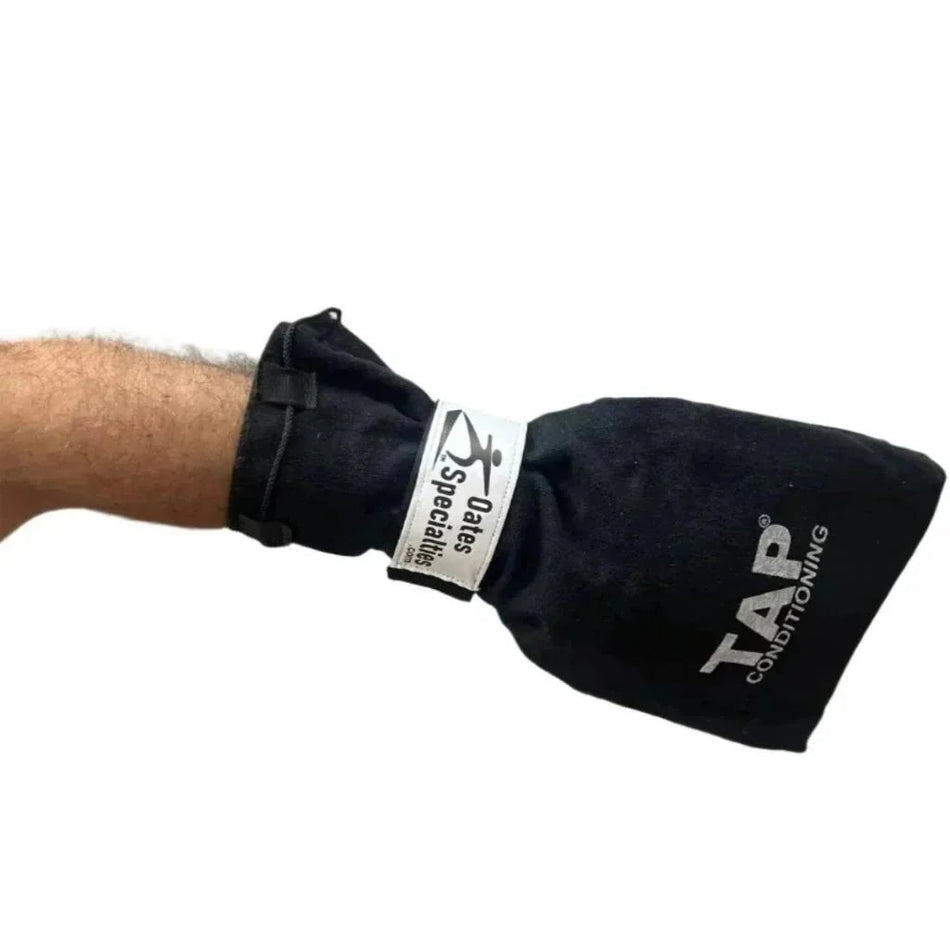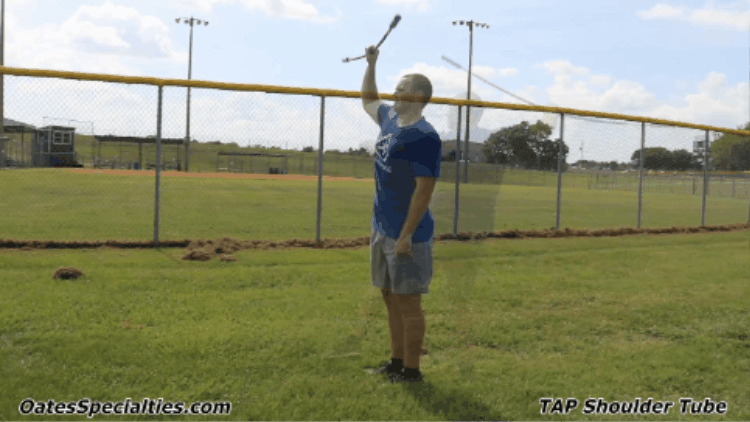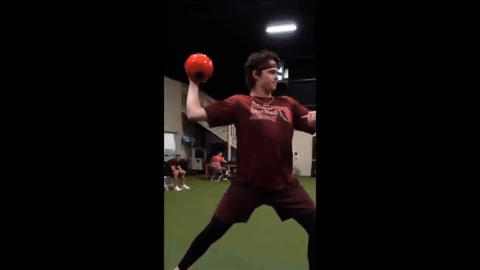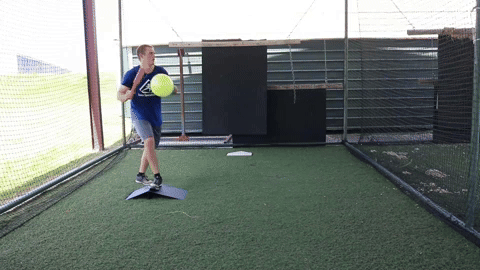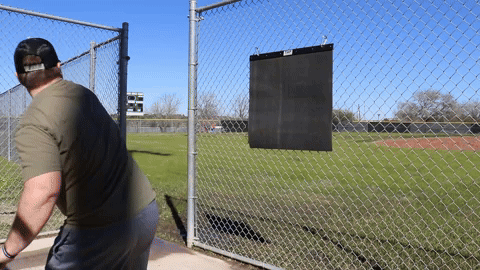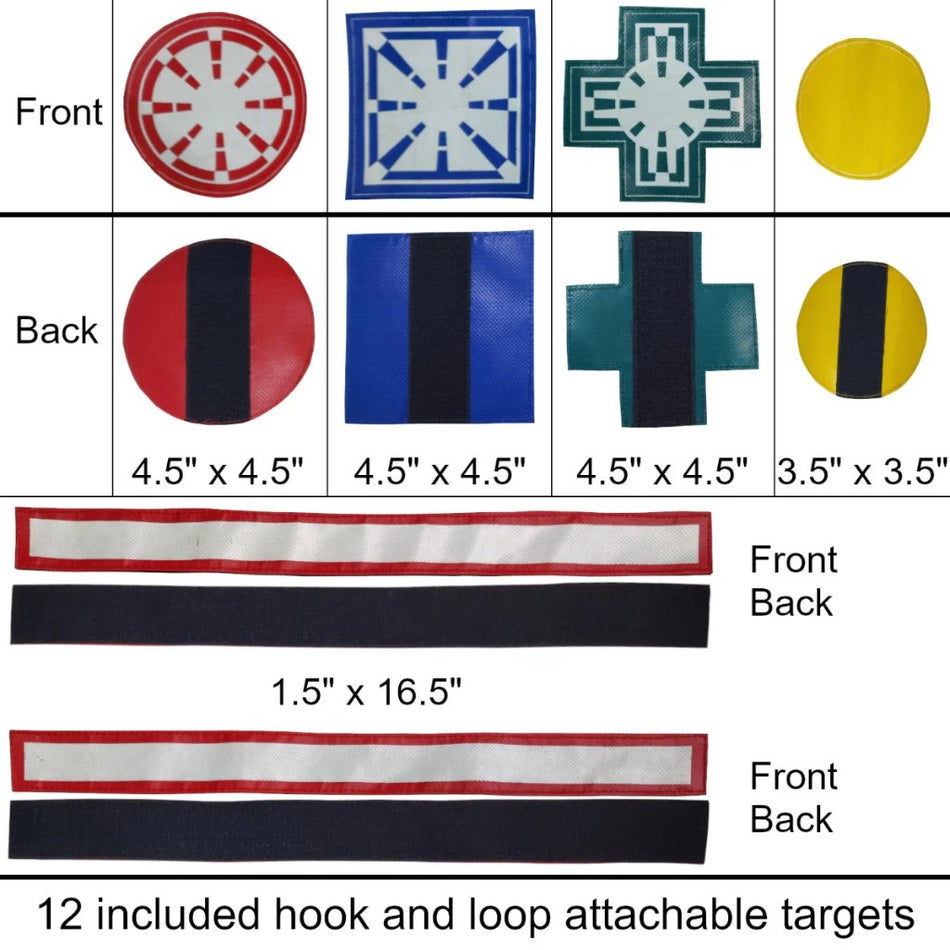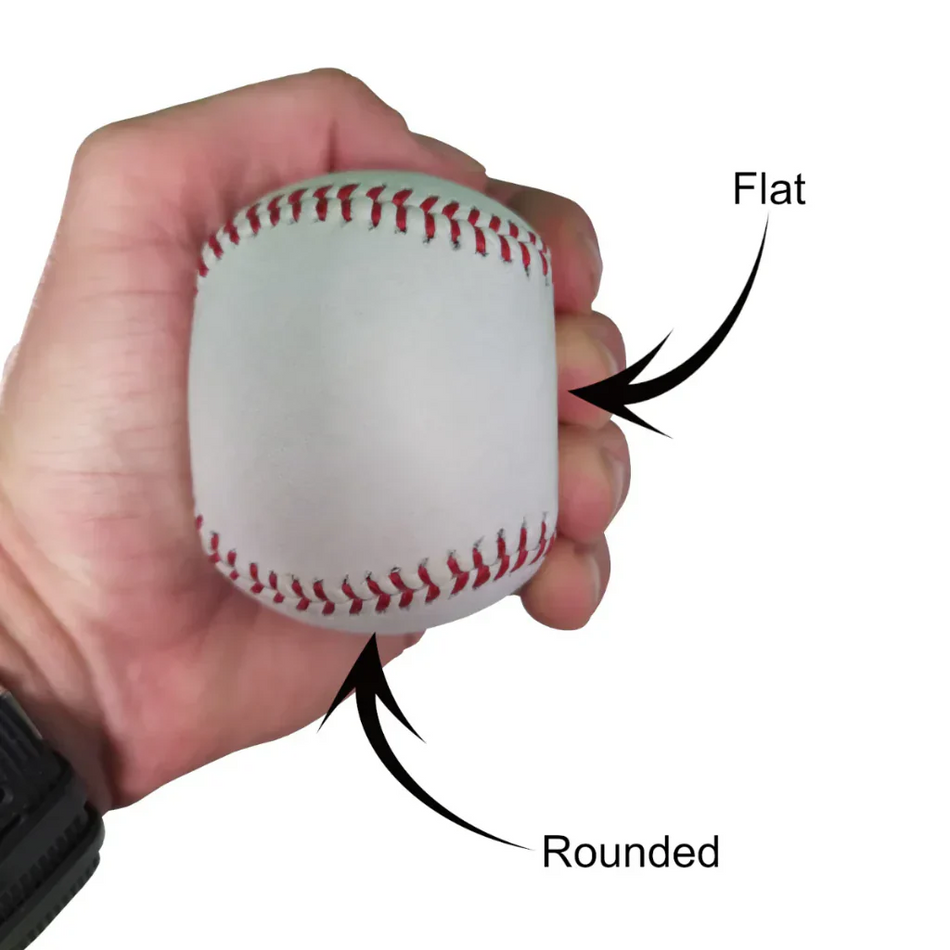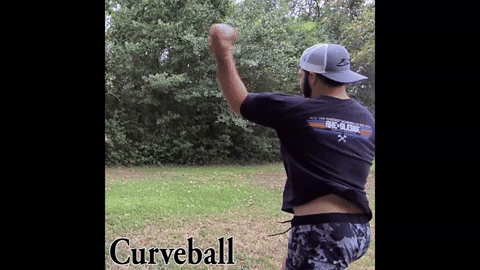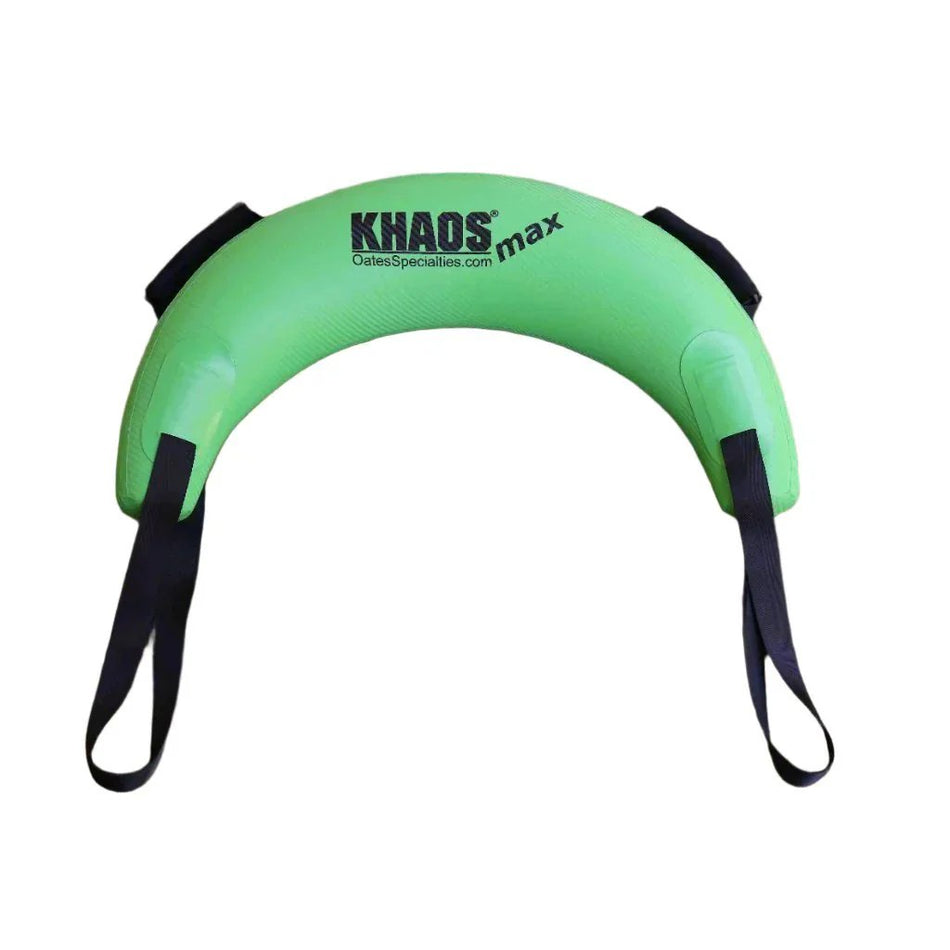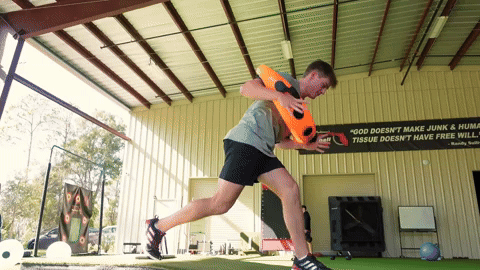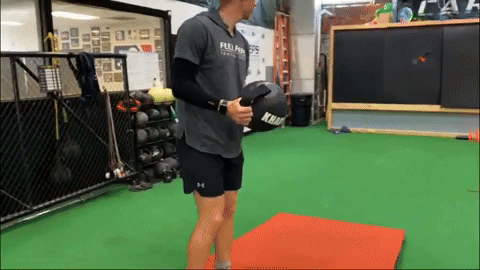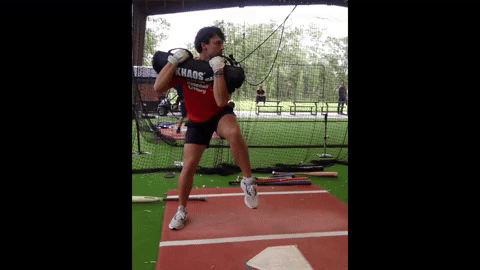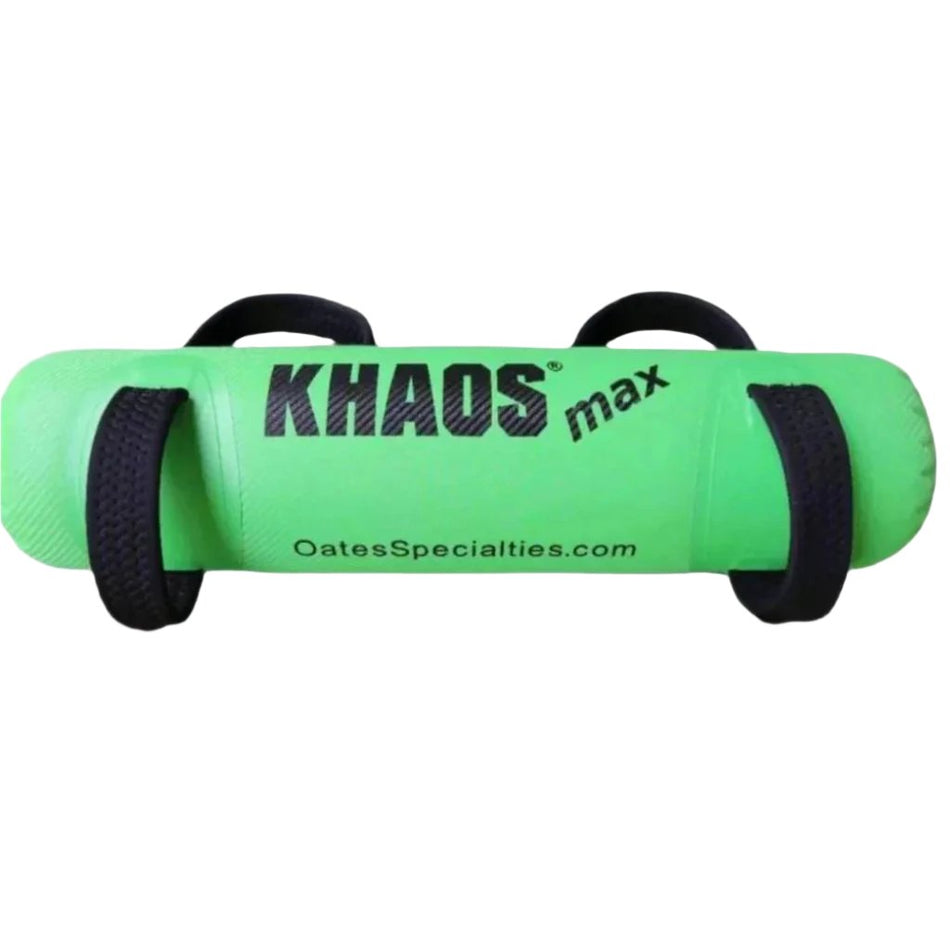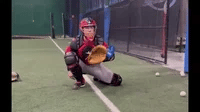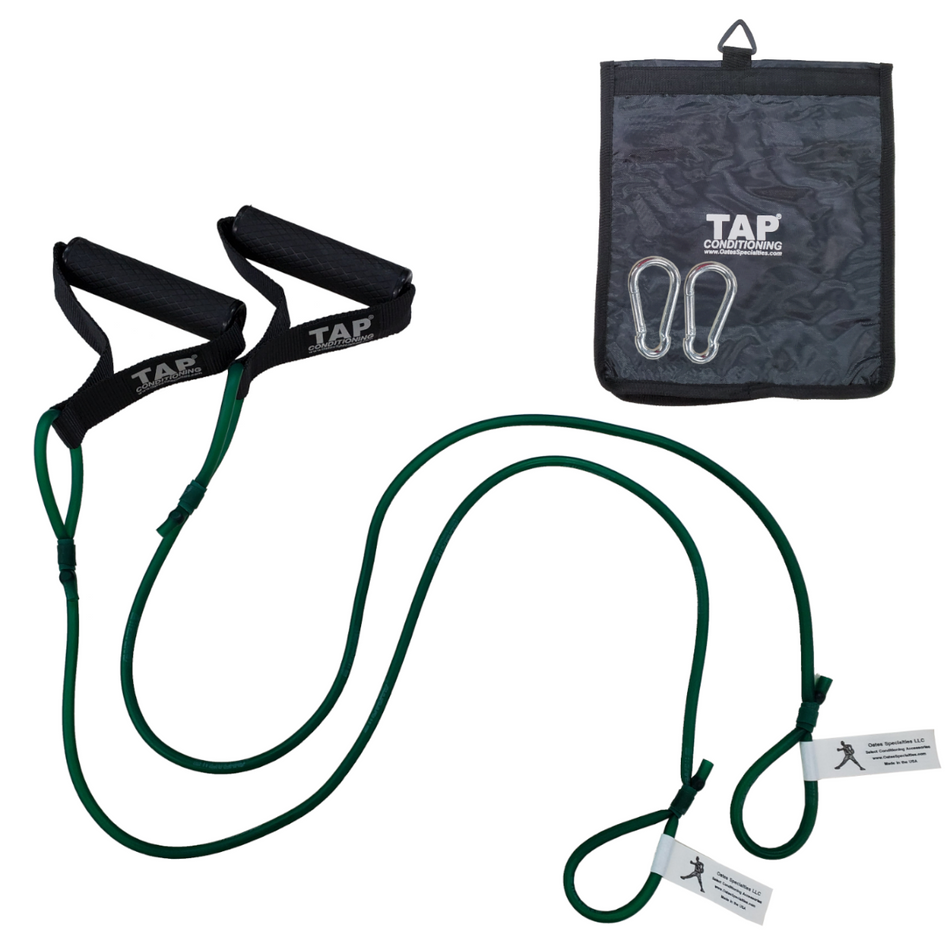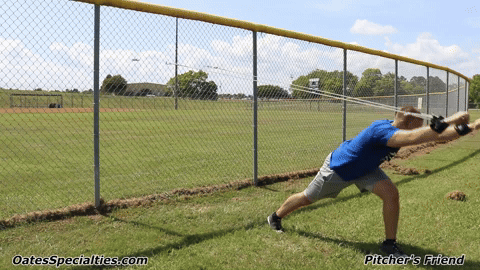As soon as you begin research involving sports training or innovative new training regimens it is common to read about what the training does for your neuromuscular pathways. I had a basic idea as to what this means but I knew that I was uninformed of the science behind it and I figured others might be as well. So I decided to devote an article to this important topic.
Neuromuscular pathways are the communication channels between the brain and the muscles. Whenever a person wants to perform a certain movement, skill, or task it is along these pathways that the brain informs the body's muscles what action is going to be required to accomplish the goal at hand. Once these pathways have been developed, the nerve impulses, which carry the brain's communication to the muscles, travel them over and over. As one document I read while researching described it, neuromuscular pathways are like ruts in the road; unless you constantly steer away from them they are easy to fall into.
Now this brings me to my next point. The body quickly adapts to how we use it. In everyday life the general movements people make are slow, steady and often without much effort. The body therefore organizes itself for the task at hand, which normally does not require the necessity of having efficient neuromuscular pathways. This is the reason athletes are generally faster, stronger, quicker, more coordinated, and what we ascribe as being more "athletic" than the general population.
People usually attribute athletes being more "athletic" due to training and therefore being in better shape than the average person. This is partly true, but the real reason training improves athletes' athletic ability is because it creates new, more efficient neuromuscular pathways. Good training regimens are able to redefine the way your brain tells your muscles how to move. Your body is constantly in a state of learning, adapting, memorizing, and recalling movement patterns. Therefore, if you repeatedly tell your body to move faster, quicker, harder, and more explosively your body will accommodate this goal and find a way to move faster, quicker, and more explosively.
It is able to do this by redefining time and time again the path in which the nerve impulses from the brain to the muscle travel (getting out of that rut!). These new paths will become more efficient and thereby deliver messages from the brain more quickly so the muscles will fire faster. It will also allow for the brain to better sequence different muscles firing. The result of your muscles firing in better sequences and in faster succession with one another is what we call coordination. Elite athletes have superb coordination and is the primary reason they are able to perform highly difficult tasks with such ease.
What separates elite athletes from average athletes and average athletes from the general population has a lot to do with the efficiency of the motor control center of the brain and how quickly it can deliver messages to the muscles to perform certain movements. The good news is that an athlete can train his neuromuscular system resulting in better coordination and quicker movements. There are numerous Oates Specialties products that are great tools to train the neuromuscular system in order to make it more efficient and in my next blog I will discuss a few of these products.
Until next time, Brian Oates



